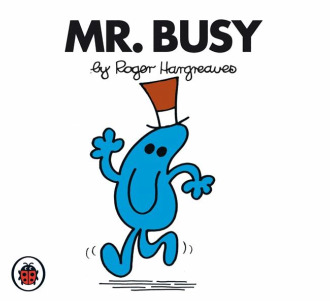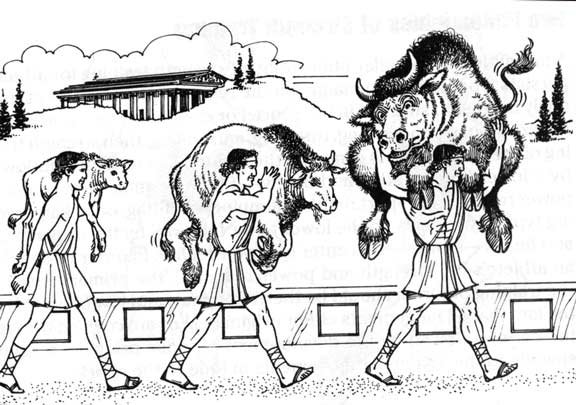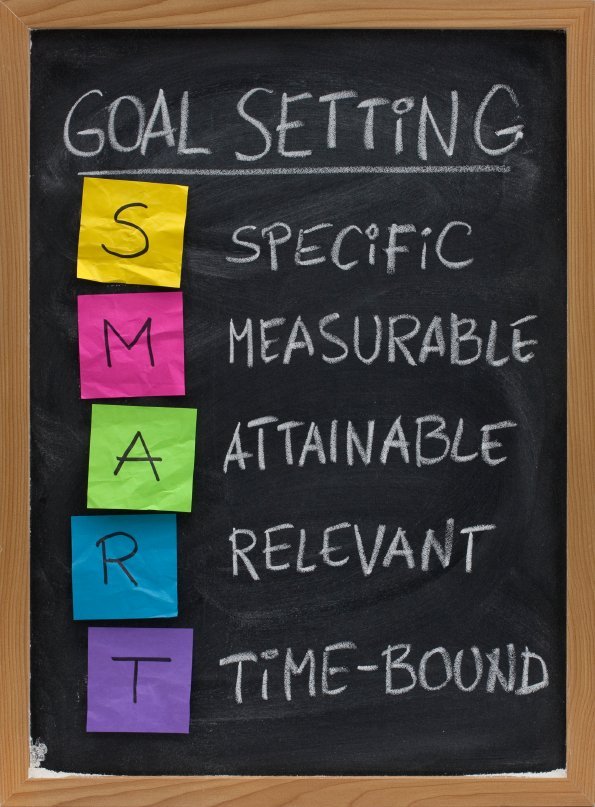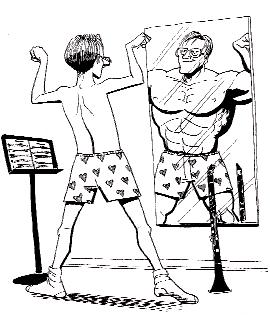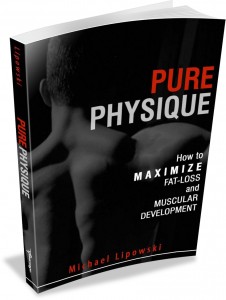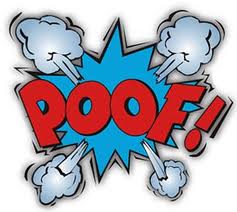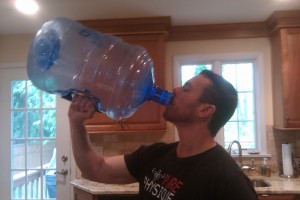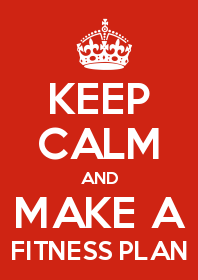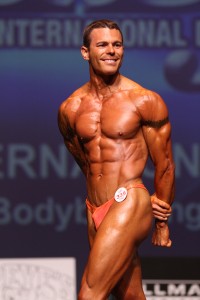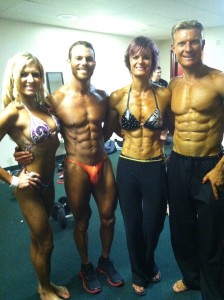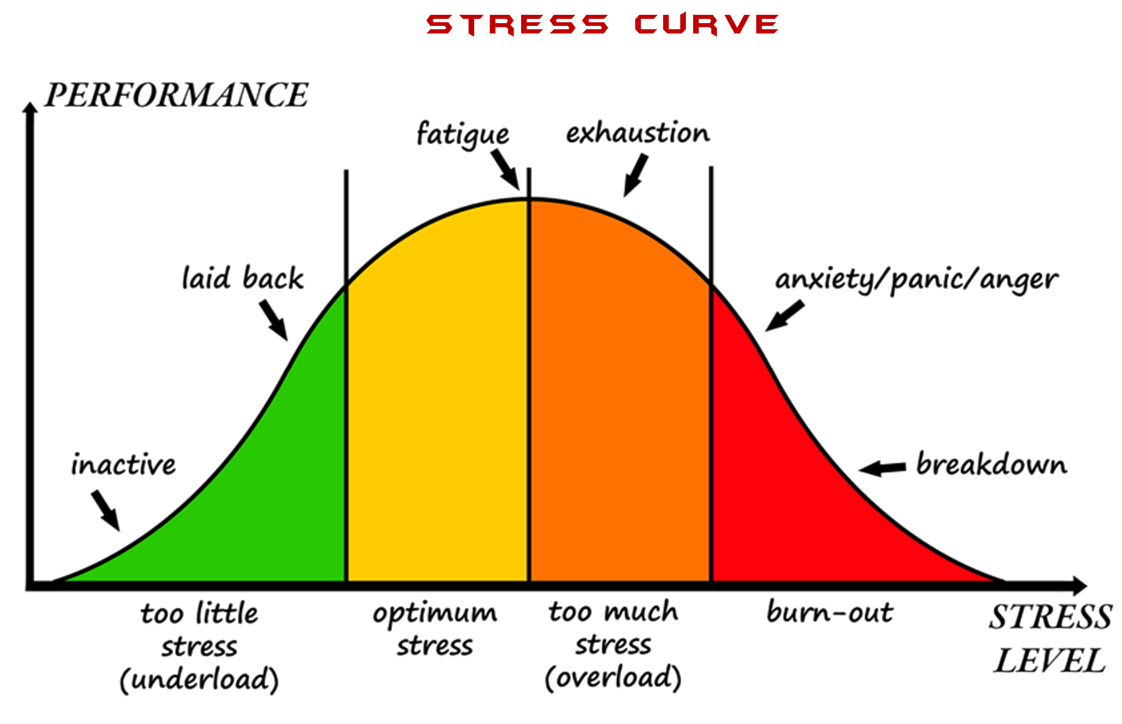New Year’s Resolutions Suck

If you’ve made a New Year’s resolution to lose weight or improve your fitness let me save you the heartache and tell you right now, you’re going to fail. How do I know? Statistics. Only 8% of people achieve their new year’s resolution and few of those that achieve it maintain it. Now if you happen to be a part of the 8% chances are it’s because your resolution is more than a resolution, it’s an absolute must.
For the majority of people a resolution is a “should”. They should lose weight, they should stop smoking, they should exercise, they should eat healthier, they should eat less. You never get shit done when it’s a “should” because there is no urgency. But when it’s a must, you act!
However have there ever been times when you knew you must do something and you still didn’t follow through? Of course you have. We’ve all had those moments. Some of us have them multiple times a day.
The reason why this happens is because we don’t have a compelling enough reason to take action. If the resulting pain (negative consequence) from inaction is not painful enough to get us moving or, the pleasure (perceived gratification) we get from the end result is not great enough, then we tend not to act or act with enough effort.
Trade in your resolution for a Vision
Forget making a resolution, create a vision. Your ultimate vision. To do this you just need to ask yourself some questions: If you could achieve all your fitness goals what would be the outcome? How would you look? How would you feel? What would you think about yourself? How would others see you? What could you do? What type of energy and health would you have?
Without vision, setting goals, taking action, and achieving them is nearly impossible. But vision alone is still not enough. In fact there are a lot of people who have vision but still don’t evolve. They’re called “dreamers.” And dreamers typically live in their parent’s basement while telling others all that they are going to achieve. They have the vision but they’re missing the second critical ingredient, purpose.
Purpose Driven
Purpose is what drives us. It’s the engine that moves us toward our vision while hitting all the milestones along the way that we call goals. With enough purpose anything can be accomplished. Have you ever achieved something that initially seemed out of reach but because your reason for achieving it was so compelling you found a way? How many parents—in the face of hardship—have “found a way” to make sure their children have all that they need? That level of purpose, of meaning, is what you need to find in order to realize your vision.
The questions you need to be asking yourself are: Why am I doing this? What will it mean to achieve my vision? How will it make me feel? How will it affect my relationship; with my spouse/significant other, my children, my friends…myself? How will my life be different? What will happen if I don’t change? What will my health and quality of look like if I don’t do something now?
Outcome with a deadline
Once you have established your vision and purpose now it’s time to start setting some goals—some outcomes with a deadline. Work backwards from your vision. What are all the things you’ll need to achieve to realize your vision? If it at first it seems overwhelming don’t worry. The next thing you’re going to do is to take those big outcomes and break them up into little 90 day outcomes (or quarterly goals). Viewing things from these ninety day increments should make your ultimate goals appear more easily attainable. If you need to take it a step further and break up your 90 day outcomes into weekly results.
You don’t need (nor want) a resolution, you just need a vision and your purpose for achieving it and you’ll be set up for success.




